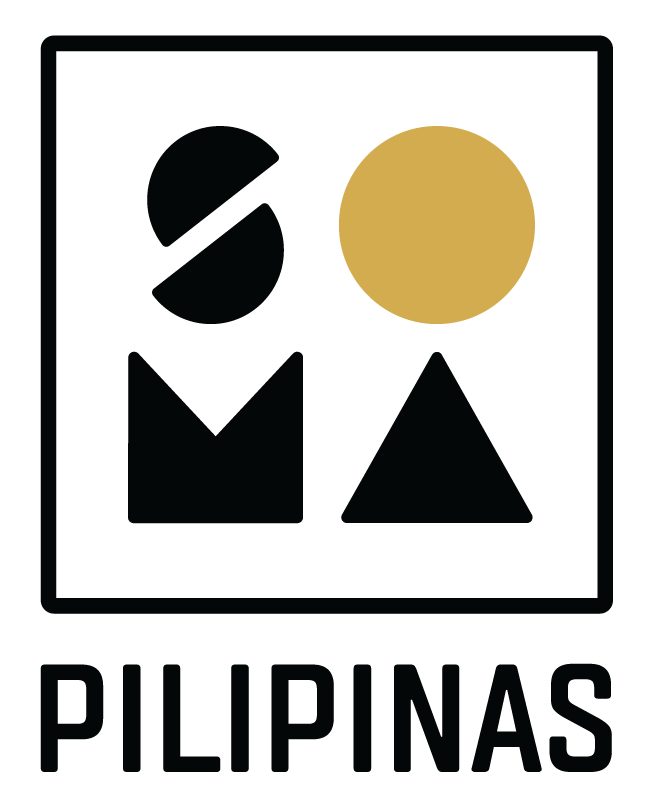Pagsasama - Sama by ChiChai Mateo at 1048 Folsom
Mural at 1048 Folsom St. by ChiChai Mateo with support of Lorenzo Tamayo-Lee and Lloidy Fontanilla, 2023.
SOMA Pilipinas, SOMA West CBD, and Office of Economic Workforce Development
Pagsasama-Sama
PAGSASAMA-SAMA (Tagalog for” joining together”) celebrates SOMA Pilipinas’ legacy of community members coming together. We interweave like the solihiya rattan pattern, creating bursts of sun and breathing life into the neighborhood.
Central to the Folsom façade are two diwatas formed by waves— the waves of the sea that connect the Philippine islands, waves of the Pacific that connect the SF diaspora to the Philippines, and the waves we make here in SOMA herself. These waves weave all the figures together, including the diwatas’ hands reaching out to one another as the Philippine sun shines through.
Such as the use of waves, ChiChai was also inspired by Franceska Gamez’s Pagmamana nod to Philippines wood-relief carving. Like how Filipinx craftsmen use the carvings for storytelling, these painted “wood carvings” show stories of our bayanihan’s kultura, intergenerational support, performances and creativity, activism, resistance, and joy.
The Russ St. side are used for further storytelling with the waves, wood-carving illustrations and the solihiya pattern. The waves and solihiya pattern continues from the Folsom side. In the middle is baybayin for “makibaka,” which was used in SOMA’s former street banners to represent “community.” Makibaka is also an important phrase for the Filipinx fights for social justice; for example, the organization MAKIBAKA (1970’s) is considered the first feminist organizations in the Philippines.
ChiChai’s overall goal is for the neighborhood to feel connected to the mural and proud to see Pinay/Pinxy wave-makers that they may personally know or have been inspired by.







